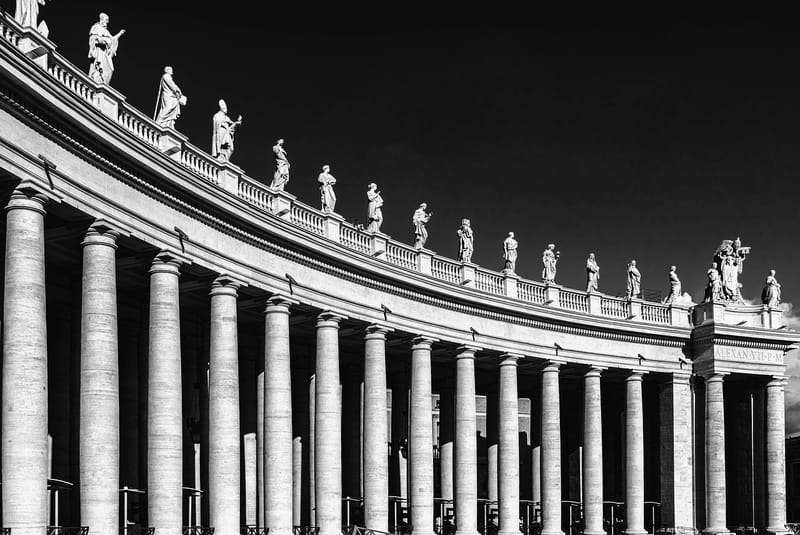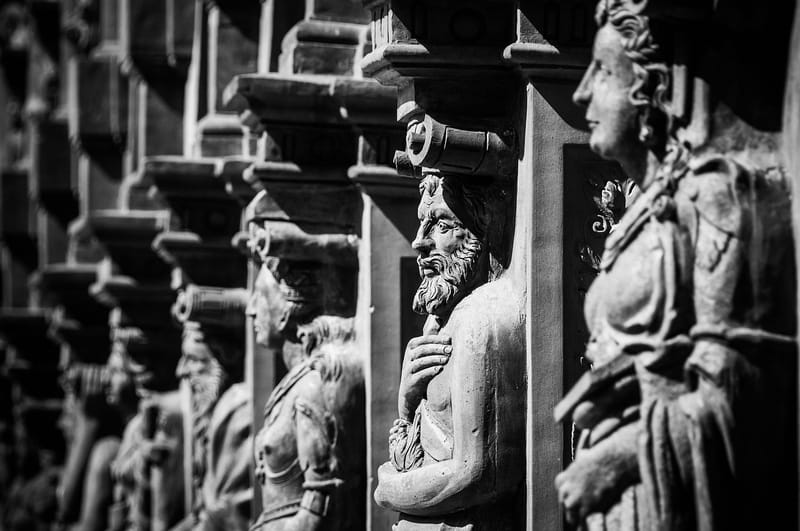History - Part 3
Exploring Past Eras: Part 3
Ancient Rome: The Rise of an Empire
Ancient Rome, one of the most powerful civilizations in history, began as a small city-state and eventually grew into a vast empire that controlled much of the known world. The Romans were known for their advanced engineering, law, and military tactics, as well as their contributions to art, literature, and philosophy.
Key Highlights:
- Founding of Rome in 753 BC by Romulus and Remus
- Expansion through conquests in Italy and beyond
- Adoption of Christianity as the official religion by Emperor Constantine

The Renaissance: A Rebirth of Culture
The Renaissance was a period of great cultural and intellectual growth that spanned from the 14th to the 17th century in Europe. It marked a renewed interest in art, science, and literature, leading to significant advancements in various fields.
Notable Figures:
- Leonardo da Vinci: Renowned artist, inventor, and scientist
- Michelangelo: Celebrated sculptor and painter
- Galileo Galilei: Astronomer and physicist who made groundbreaking discoveries

The Roaring Twenties: Jazz, Flappers, and Prohibition
The 1920s, also known as the Roaring Twenties, was a decade of cultural transformation in the United States. It was characterized by economic prosperity, technological advancements, and significant changes in lifestyle and social norms.
Defining Features:
- Prohibition: Ban on the sale and consumption of alcohol
- Jazz Age: Rise of jazz music and dance clubs
- Flappers: Young women who challenged traditional gender roles

Exploring past eras provides valuable insights into the development of societies and cultures throughout history. Each era brings its own unique characteristics and influences that shape the world we live in today.
